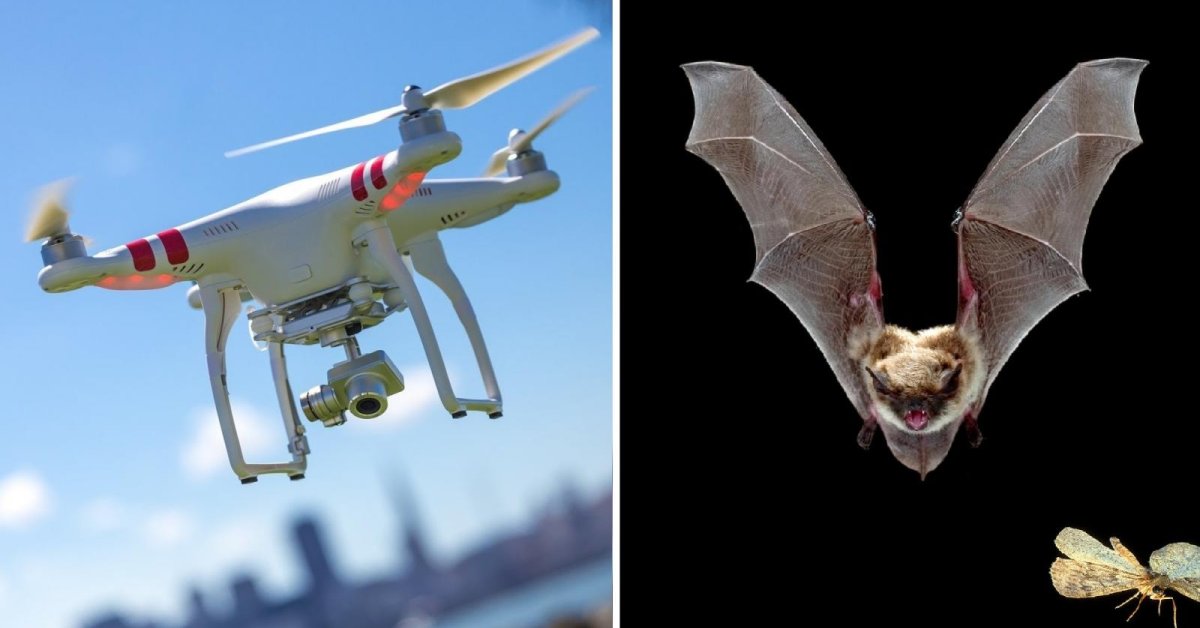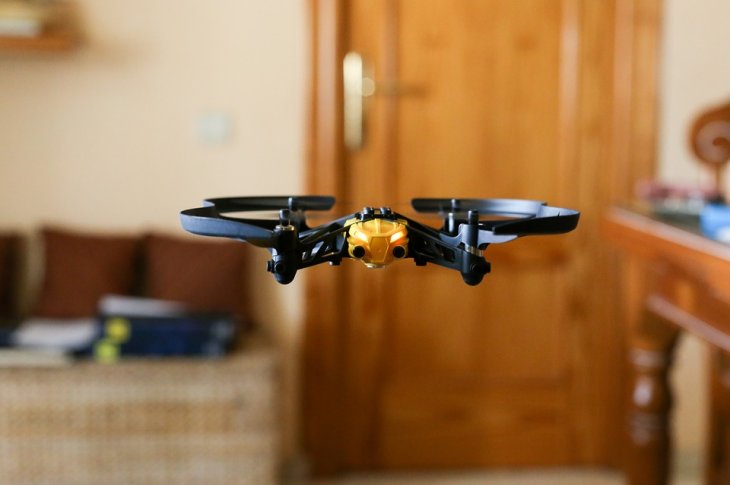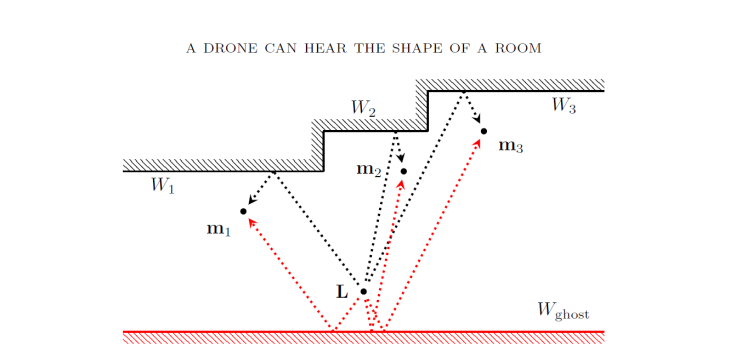Drones May Soon Avoid Obstacles Like Bats Using Echolocation
Dhir Acharya - Feb 15, 2020

Scientists have come up with a way to help drones see the world like humans do, using a technique called echolocation found in bats.
- Hundreds Of Drones Crashed Into Building During Performance
- This AI Defense System Forces Drones To Land Autonomously
- IIT Kharagpur Develops Drones To Bring 5G To Zero Network Area
With technological advancements, machines have come a really long way since they were first created centuries ago. However, they are still now so far from seeing the world like a real human, even navigation remains a challenge for machines. However, scientists have demonstrated a new way to improve navigation for drones using bat-like echolocation.

According to the study, the scientists, using a mathematical model, investigated how drones could rely on sound waves’ reflection to pinpoint the locations of different walls inside a room. To do this, they imagined a scenario where they put a loudspeaker in a room and equipped a drone with four microphones, putting it a random position in the room.
As stated by the paper’s co-author Mireille Boutin, with this configuration, the drone could measure how long it took a sound to be bounced back to the drone from a wall, then it could determine the distance from it to the wall as well as the walls’ configuration. Boutin said:

The drone imagined that the sound data comes from a virtual point behind the real walls rather than a speaker. Then, it uses the virtual points to compare the distance between the microphones and the virtual source then reconstruct 4 points on the wall.

Boutin added:

After collecting that data, the scientists told the walls from one another using an echo sorting algorithm.
According to the authors, this approach, including equipping the drones with microphones and using echo sorting, helps solve a problem with previous drone models: detecting ghost walls. The authors placed microphones around the room, not at one point on the drone and found that the sound wave’s reflection could bounce back from an imaginary source inside the room. As a result, the drone could incorrectly believe that another ghost wall existed inside the room and it would visualize the room incorrectly.
The study is still in theory only but this technology can be applied successfully in reality while we will no longer need additional info to visualize the walls. The study’s authors also write that the applications of this technology can go beyond drones. Professor Gregor Kemper of the Mathematics Department at Technische Universität München said:

>>> Are You A Drone Hobbyist? Here's Drone Camera Price In India
Featured Stories

Features - Jul 01, 2025
What Are The Fastest Passenger Vehicles Ever Created?

Features - Jun 25, 2025
Japan Hydrogen Breakthrough: Scientists Crack the Clean Energy Code with...

ICT News - Jun 25, 2025
AI Intimidation Tactics: CEOs Turn Flawed Technology Into Employee Fear Machine

Review - Jun 25, 2025
Windows 11 Problems: Is Microsoft's "Best" OS Actually Getting Worse?

Features - Jun 22, 2025
Telegram Founder Pavel Durov Plans to Split $14 Billion Fortune Among 106 Children

ICT News - Jun 22, 2025
Neuralink Telepathy Chip Enables Quadriplegic Rob Greiner to Control Games with...

Features - Jun 21, 2025
This Over $100 Bottle Has Nothing But Fresh Air Inside

Features - Jun 18, 2025
Best Mobile VPN Apps for Gaming 2025: Complete Guide

Features - Jun 18, 2025
A Math Formula Tells Us How Long Everything Will Live

Features - Jun 16, 2025
Comments
Sort by Newest | Popular